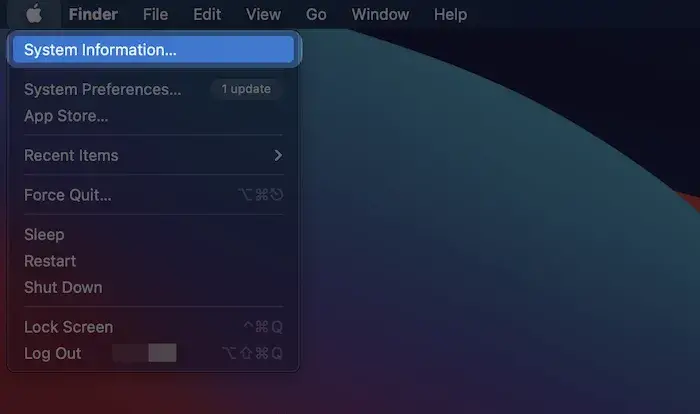Can SSD Have Bad Sectors?

It’s a well-known fact that hard drives can develop bad sectors, but what about Solid State Drives? Can SSDs have bad sectors? The answer is yes, SSDs can have bad sectors just like traditional hard drives. In this article, we’ll take a closer look at what causes bad sectors on SSDs and how you can go about repairing them.
What Are Bad Sectors and Why Do They Form on Hard Drives and SSDs?
Bad sectors are areas on a hard drive or SSD that have been damaged and can no longer be used. They can form for a number of reasons, including damage from physical impact, incorrect storage practices, or natural wear and tear. When bad sectors occur, they can cause data loss or corruption, making the drive unusable.
There are two basic types of sectors on a hard drive:
- The user accessible data storage sectors.
- Additional hidden recovery sectors (also called spare or reserve sectors).
Data Storage Sectors
The data storage sectors contain the actual user-accessible data as well as some overhead information needed by any standard filesystem.
Recovery Sectors
Recovery sectors exist for all modern hard drives, including SSDs, and will be found on either side of the available user space. The HDD controller uses these spare/reserve sectors as replacements for any sector that becomes damaged or fails during normal operation.
For example, if part of a storage sector is physically damaged the HDD controller may mark that sector as unreadable and immediately move the remaining data to another sector, causing potential read errors for parts of files. It then uses the reserve sector to replace the bad sector so that it is no longer taking up any space on the drive.
The main reason this type of failure occurs with storage drives is because of physical platter damage. A typical hard drive is constructed from circular magnetic platters that are divided into concentric tracks, which contain the user data, and sectors. These sectors are then further divided into physical blocks of data. When any one of these components is damaged by some type of impact or shock to the drive, it can cause part of a file to be unreadable and cause potential data corruption. It may even leave a visible blemish on the platter that can be seen by looking at the drive under magnification.
While bad sectors are commonly discussed in terms of mechanical hard drives, they can also occur with SSDs due to natural wear and tear over time as well.
Flash memory cells (DRAM) consist of one transistor and one capacitor. Each cell has a finite number of writes or program/erase cycles before it becomes unreliable and is no longer usable. This means that each write operation your computer requests the SSD to perform, decreases its life span, eventually leading to failure if too many read-write cycles are performed on any one block.
The overall life span of an SSD will vary between manufacturers and models, but you can expect them all to last for at least 10 years when used properly (which includes not having too many bad sectors). That said, this type of failure is usually gradual in nature which means you may not notice it right away when using the drive normally. If your system suddenly locks up when reading data from an area where there was previously no problem, then you could have a failing SSD that’s about to cause more serious issues.
How To Check if Your SSD Has Any Bad Sectors?
Bad sectors on an SSD can cause a lot of problems. Here’s how to check if your SSD has any bad sectors, and what to do if it does.
First, you want to run a check on your SSD. Use something like chkdsk for Windows or S.M.A.R.T for Macs or Linux. Let it do its thing and see if there are any bad sectors on your device at all yet – if not, you’re free to continue using your SSD as normal.
Check SSD Status in MAC
It takes less than a minute to check the SSD health on your Mac.
- In the upper-left corner, select the Apple icon from the toolbar, then hold the Option key. As a result, the “About this Mac” section will change to “System Information.”

2. After the screen has opened, locate the Storage panel under the Hardware section of the left-hand tree directory:

3. On the right, select the drive you wish to examine.
4. The SMART status is usually found at the bottom of the right panel as the last item in the list.

The term “verified” here refers to the drive having no reported problems. “Failing” means that there is a problem which will soon lead to “Fatal”.
When You Should Visit The Technician?
If there are bad sectors on your drive, you may want to consider replacing it – or sending it back under warranty and asking for a replacement. Remember that the data on your SSD is not going to be lost when a bad sector appears – however, having too many can cause problems with read and write speeds, so it’s worth keeping an eye on. Again, if you don’t want to continue using your device, send it off for a replacement under warranty or get the data transferred over to a new drive.
Tips for Keeping Your SSD in Good Condition and Preventing Bad Sectors From Forming?
– Make sure to keep the SSD in a stable environment, don’t put it near anything that might cause vibrations.
– Keep your SSDs cool at all times, heat is one of the biggest killers for an SSD.
– In order to prevent unnecessary wear and tear on your drive it’s advisable not to reboot too often. Rebooting can also cause issues with power loss which will lead to bad sectors over time.
– Do not use the hibernation option too often as it will also cause unnecessary wear and tear on your drive leading to bad sectors.
– Do not use the defragment option too often as it will also cause unnecessary wear and tear.
What Happens if I Get Bad Sectors?
– Your computer will have a lot of trouble reading from the disk. It might even give you different errors such as “Drive not recognized” or “Disk boot failure”. You will also lose all your data stored on the disk.
– If you have a bad sector you most likely will lose all your data stored on the disk which is why it’s crucial to prevent them from forming in the first place
– Eventually the SSD will stops working. Windows won’t recognize it and most likely won’t be able to read any data from it.
If your drive is showing signs of bad sectors, then you may want to clone it first before taking any other actions. Cloning the drive will allow you to transfer all the data from one place on the hard disk to another without losing anything in the process. You can use an application such as Macrium Reflect Free for Windows or Disk Utility for Mac OS X to create an exact copy of your original drive so long as you have enough space available on an external storage device.
If not, then you’ll need a second internal or external HDD/SSD with plenty of storage space and some cloning software such as Clonezilla for Linux. Once finished, disconnect the clone drive and reboot your computer. Your operating system should normally be able to detect the new disk without any problems, after which you can continue using it instead of the damaged original.
Conclusion
There are many factors that can lead to bad sectors, but fortunately, they’re not a death sentence for your SSD. By taking care of your drive and following above discussed tips, you should be able to prevent or repair any potential problems with bad sectors on an SSD before it’s too late.

